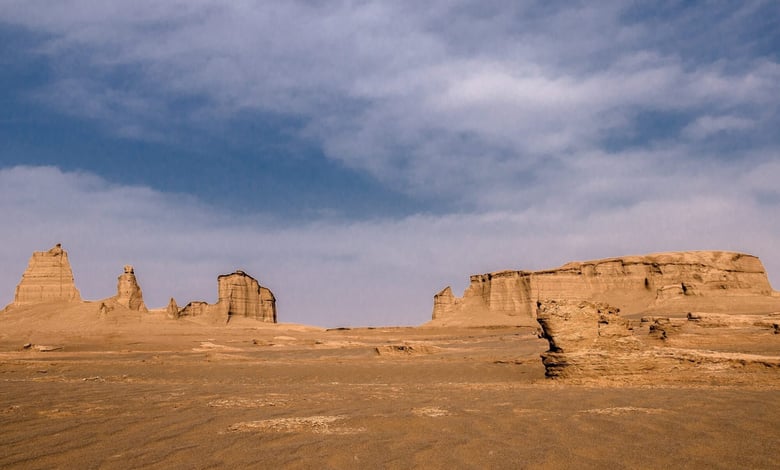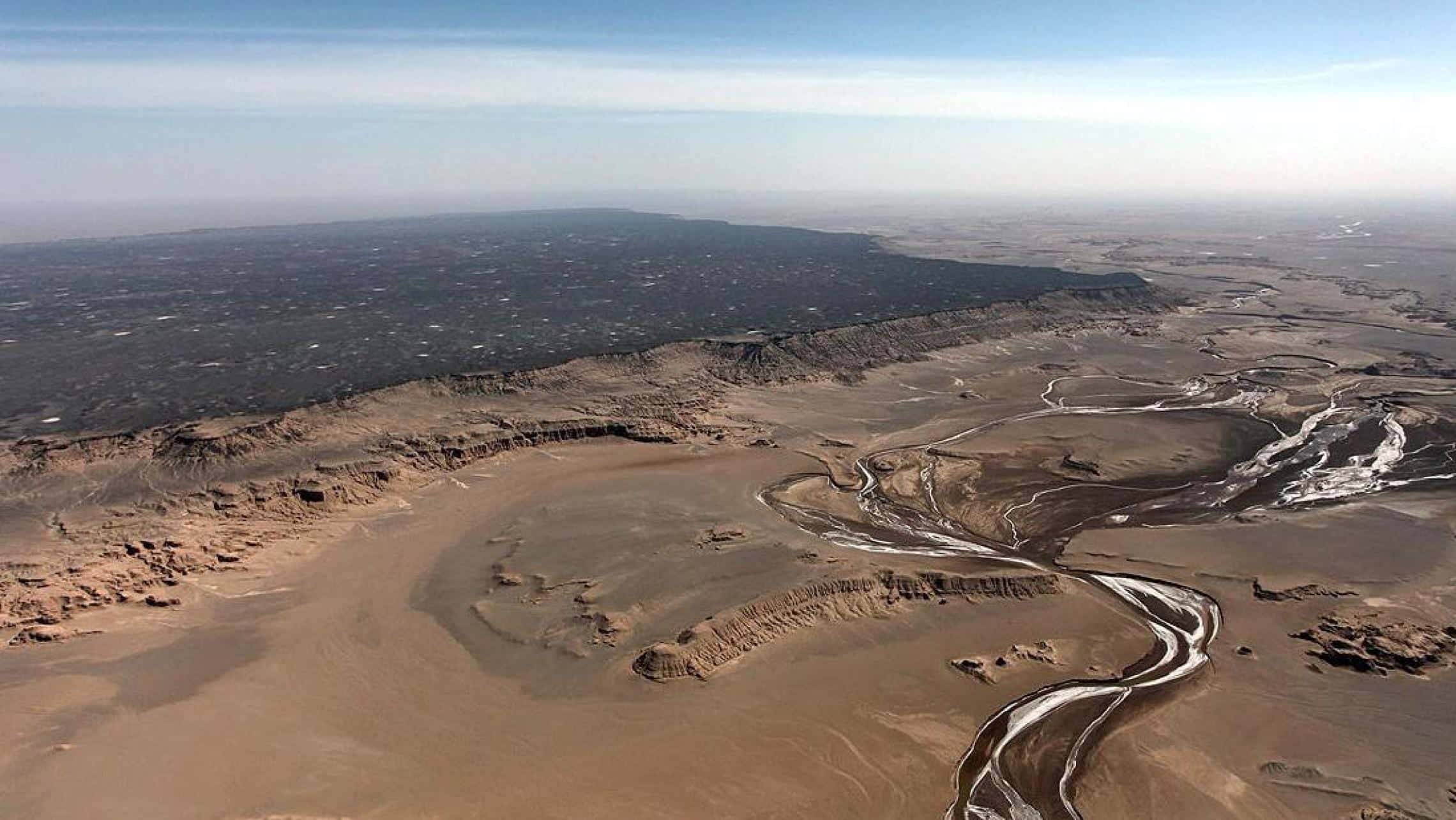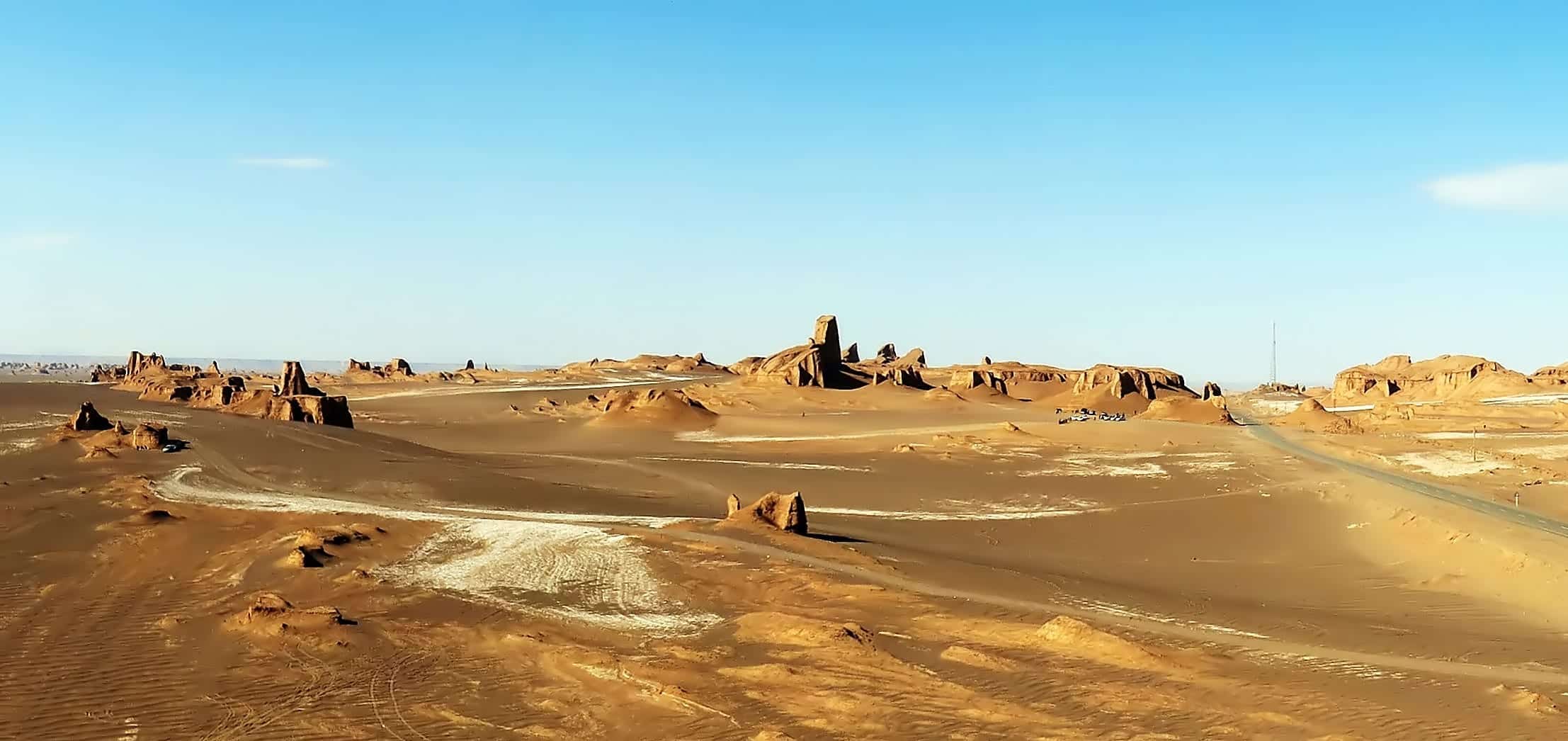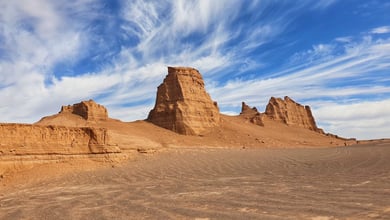Is the Lut Desert Really Earth’s Hottest Spot?

The Lut Desert in Iran has been recorded as one of the hottest places on Earth, with temperatures reaching up to 159.3°F (70.7°C) in 2005. However, there are other places in the world that have recorded even higher temperatures, so it is not the absolute hottest place on Earth.
The Lut Desert is a unique and captivating hot desert landscape, known for its exceptional beauty and geological features. This iconic desert is one of the hottest places on Earth and is recognized globally for its series of remarkable landforms, including the massive corrugated ridges (yardangs) in the west and the sand-sea in the east. The yardangs are so massive and visually striking that they are visible from space.
The Lut Desert is particularly significant for its diverse range of desert landforms found within a compact area, including a visually stunning mosaic of desert colors and uninterrupted views of huge and varied dune systems transitioning into expansive flat desert pavement areas. The unspoiled beauty of the Lut Desert is a testament to its aesthetic values, making it a must-visit destination for those seeking to explore and appreciate the unique wonders of the natural world.
The Lut Desert is home to a remarkable geological feature, the yardangs. These massive corrugated ridges cover about one third of the desert landscape and are carved and streamlined by the abrasive action of wind-borne sand.
The ridges, known as kaluts, are oriented parallel to the dominant prevailing wind and can reach up to 155 meters in height, with ridges that can be followed for over 40 kilometers. The yardangs of the Lut Desert are truly a marvel of nature and a sight to behold.

Contents
World’s 27th-largest Desert
Before talking about whether the Lut Desert is the hottest place or not, it is good to know that the desert is a large salt desert, and actually the world’s 27th-largest desert with an area of 51,800 square kilometers (20,000 square miles). In 2016, it was inscribed on UNESCO’s World Heritage List.
To answer the question about the hottest place on the Earth, we have to look at the scientific evidence. In 1913, scientists in Death Valley, California measured a temperature of 134°F (56.7°C) and declared it the hottest temperature ever recorded. Later in 1922, a weather station in Libya recorded a temperature of 136.4°F (58.0°C). The World Meteorological Organization (WMO) recognized this observation as the hottest air temperature recorded on Earth for some time.

U.S. Geological Survey’s Landsat Satellites
However, according to another research by the University of Montana, using data from the U.S. Geological Survey’s Landsat satellites, neither of these places is the hottest spot in the world.
In a statement by NASA from a team member, “Most of the places that call themselves the hottest on Earth are not even serious contenders”.
In seven years, Running and his colleagues examined infrared data from the Landsat satellites, and found that the winner in five of those years — 2004, 2005, 2006, 2007 and 2009 — was actually the Lut Desert in Iran. In 2005, a temperature of 159.3°F (70.7°C) was measured, which was the highest temperature ever officially confirmed for a location on Earth. However, the Lut Desert did not encounter the highest temperature every year.

The reason Lut didn’t previously make the list was that “the Earth’s hot deserts — such as the Sahara, the Gobi, the Sonoran, and the Lut — are climatically harsh and so remote that access for routine measurements and maintenance of a weather station is impractical,” said team member David Mildrexler.
Read More: Shahdad Desert: Magnificent Desert of the Kalouts in Iran
Queensland, Australia had the highest temperature in 2003, with the record of 156.7°F (69.3°C), and in 2008, Turpan Basin in China had the highest temperature on the earth with the temperature of 152.2°F (66.8°C). It is worth knowing that the Turpan Basin is covered with dark red sandstone that heats up the extreme temperature, especially in the afternoon sun.
While there are a number of factors that influence the land surface temperature (LST), for instance, changes in solar radiation, changes in land cover and changes in atmospheric conditions, therefore, dry, rocky and dark-colored lands are good at absorbing heat, while lighter sand will tend to reflect more sunlight.
Read More: Iran Desert Safari: 10 Breathtaking Photos of Lut Desert
However, some scientists argue that “hottest place” on the earth should be framed in terms of land temperature, not air temperature. And years of analysis have revealed that parts of Iran and Australia are particularly hot from an LST perspective.



